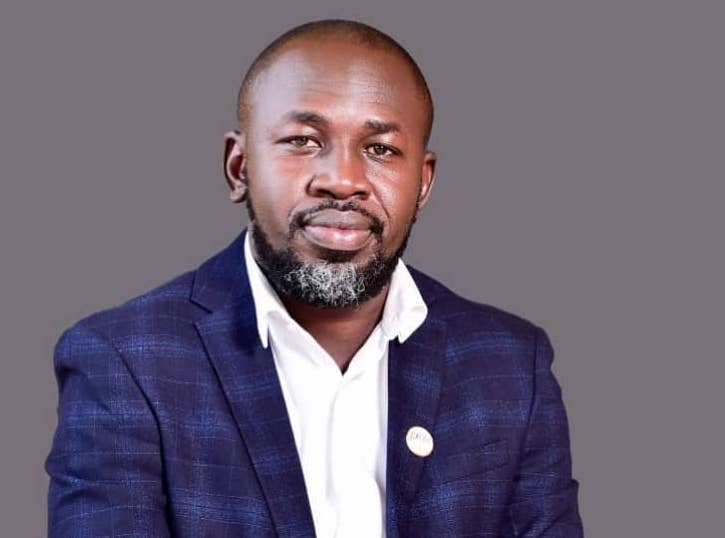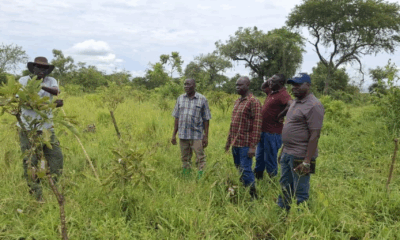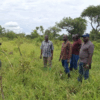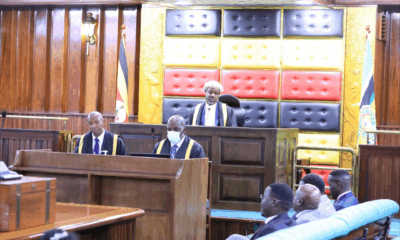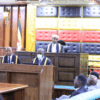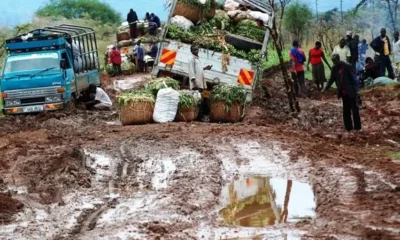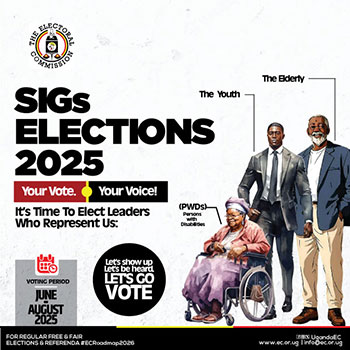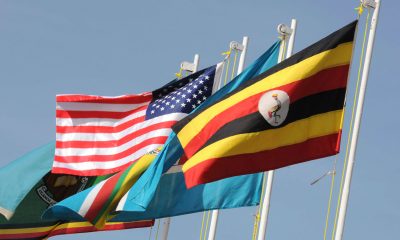Opinions
Yusuf Masaba: How Trump’s reset policies scrambles US – China race
Until he assumed office on January 20, much of Donald Trump’s policy direction remained ambiguous, save for what is contained in ‘Project 2025’, the 900-page so-called policy prescription drawn by the prominent conservative think tank, Heritage Foundation.
While campaigning in July last year, Mr. Trump denied knowledge of Project 2025, saying: “I have no idea who is behind it.”
Of course, generally, the world expected a resumption of trade wars with Washington’s allies and foes, disengaging US from key multilateral organisations, arm-wrestling with especially China, and rolling back several legislations on energy, health among others.
After January 20, President Trump signed into force a raft of Executive Orders that left even Washington’s closest allies stupefied. Blanket travel bans affecting mostly poor countries. Tariffs as high as 50% were slapped on European goods, while Asian products, particularly those from China, faced tariffs nearing 100%, triggering global stock market crashes and widespread supply chain chaos. Panic gripped international markets, and European companies struggled to keep their production lines afloat.
True to his campaign mantra, “Make America Great Again (MAGA),” Trump had promised to reassert American power, but few expected such drastic measures. Even his former ally-turned-critic, Elon Musk, was reportedly blindsided by these decrees, which threatened to destabilise global production networks.
The ramifications of these sweeping decrees continue to unravel and ricochet around the globe. Some pundits have argued that Mr. Trump’s policies have charted a course for the decline in American global power, while some, including Trump, argue that America is back to commanding respect.
In the African context, the second Trump administration dismantled USAID, which since 1961 served as a special purpose vehicle for American soft power, pouring billions of dollars into social spending, particularly in the health, education and agriculture sectors, in the global south.
At the same time, the Great Lakes Region was grappling with escalating conflict in the Democratic Republic of Congo (DRC). The M23 rebel group had captured several key towns in the east, dragging neighbouring countries into the crisis. Uganda and Rwanda, according to several United Nations reports, have repeatedly been accused of backing the insurgents, leaving Kinshasa desperate for external support. President Félix Tshisekedi’s government struggled to contain the rebellion, which many believed was being covertly supported by his predecessor, Joseph Kabila.
Both the East African Community (EAC) and the Southern African Development Community (SADC) attempted to intervene, but neither regional bloc managed to halt the violence. Eventually, it took the unlikely mediation of Qatar, which stepped in to broker talks between Kigali and Kinshasa, marking a rare Middle Eastern intervention in Central Africa’s conflict dynamics.
But this is not the crux of the matter. It is the U.S. intervention that could trigger a complete reset of the region, but at what cost? Shortly after the Doha talks, Washington stepped in, summoning all the conflicting parties. By the end of June 2025, officials from Rwanda and the DRC had signed a peace agreement at the White House aimed at ending the long-standing and complex conflict.
The U.S.-brokered deal went beyond peace. It secured American access to the DRC’s critical minerals and included commitments to establish a regional economic integration framework, coupled with promises of U.S. investments in Eastern Congo’s abundant mineral reserves, among other commercial arrangements.
This move aligns seamlessly with the U.S.-funded Lobito Corridor Project, which entails upgrading the existing Benguela Railway into a 1,300 km (800-mile) stretch linking the Port of Lobito in Angola to the mineral-rich regions of the DRC and Zambia. The initiative is designed to counter China’s Belt and Road projects, which have seen massive Chinese investments in rail and road infrastructure, particularly across the Global South.
For Washington, this is a strategic win. It not only strengthens its geopolitical influence but also secures access to some of the world’s most mineral-rich provinces like Tanganyika, Haut-Lomami, Lualaba, and Haut-Katanga, which host vast deposits of critical resources such as cobalt and copper.
With the African deal secured, Washington quickly shifted gears, using commercial diplomacy to resolve its standoff with China. The two largest economies agreed to temporarily reduce U.S. tariffs from a staggering combined 145% down to 30%. For the Trump administration, this was framed as a win, and rightly so.
A similar deal was struck with the European Union (EU) during Trump’s visit to Scotland. On the surface, Trump and European Commission President Ursula von der Leyen announced a 15% tariff agreement. But that was just the cover story. The real negotiation was never about tariffs; it was about engineering one of the largest investment commitments in modern history.
Behind closed doors at Turnberry, Europe agreed to spend US$1.4 trillion with the U.S. over the next three years: US$750 billion in American energy purchases and US$600 billion in additional U.S. investments. In essence, the EU “bought down” the tariff with massive financial commitments.
While the media focused on tariff headlines, Trump walked away with something far more valuable: a guaranteed long-term customer for U.S. energy exports, unprecedented European investment in U.S. infrastructure and defence, and a framework that other nations are now eager to replicate.
All this commercial diplomacy that the Trump administration has engineered in their MAGA campaign is not just a day’s event; America is retracing its lost might through strategic mineral deals and commercial diplomacy to counter the rise of the Panda.
The American empire was built on a strong foundation that long positioned it as a model for the world, and it is now reinventing itself to reclaim its place as the world’s largest and strongest economy.
For a developing country like Uganda that is strategically courted by both China and the United States, the shifting dynamics of global affairs will compel Kampala to reassess and realign its regional and international partnerships. The question remains: will Uganda continue to strike a delicate balance between the two powers, as it has done in the past, or will new alignments inevitably emerge?
The Author, Yusuf Masaba is a student of International Relations
Email: ymasaba7@gmail.com
Comments



